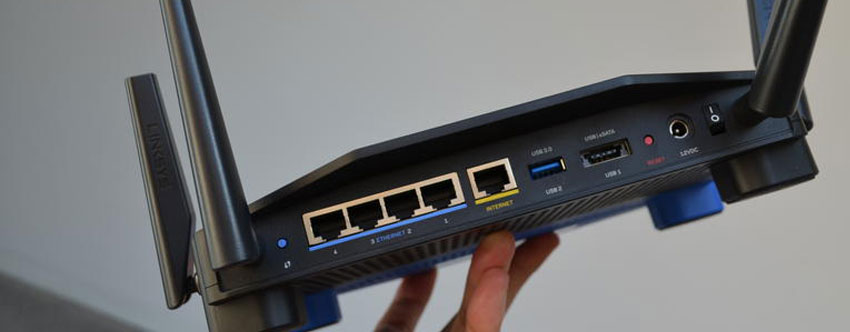Home networking explained
As the guy who reviews networking products, I generally receive a couple of emails from readers a day, and most of them, in one way or another, are asking about the basics of networking (as in computer-to-computer, I am not talking about social media here.)
While I appreciate emails because, at the very least, it gives me the impression that there are real people out there amid the sea of spam, I'd rather not keep repeating myself. So instead of saying the same thing over and over again in individual messages, I'll talk all about home-networking basics, in layman's terms, in this series.
1. Wired networking
A wired local network is basically a group of devices connected to one another using network cables, more often than not with the help of a router, which brings us to the very first networking term.
Router: This is the central device of a home network that you can plug one end of a network cable into. The other end of the cable goes into a networking device that has a network port. If you want to add more network devices to a router, you'll need more cables and more ports on the router. These ports, both on the router and on the end devices, are called Local Area Network (LAN) ports. They are also known as RJ45 ports. The moment you plug a device into a router, you have yourself a wired network. Networking devices that come with an RJ45 network port are called Ethernet-readydevices. More on this below.
Note: Technically, you can skip a router and connect two computers together using one network cable to form a network of two. However, this requires manually configuring the IP addresses, or using a special crossover cable, for the connection to work. You don't really want to do that.
LAN ports: A home router usually has four LAN ports, meaning that out of the box it can host a network of up to four wired networking devices. If you want to have a larger network, you will need to resort to aswitch (or a hub), which adds more LAN ports to the router. Generally a home router can handle up to about 250 networking devices, and the majority of homes and even small businesses don't need more than that.
There are currently two main speed standards for LAN ports: Ethernet, which caps at 100Mbps (or about 13MBps), and Gigabit Ethernet, which caps at 1Gbps (or about 125MBps). In other words, it takes about a minute to transfer a CD's worth of data (around 700MB or about 250 digital songs) over an Ethernet connection. With Gigabit Ethernet, the same job takes just about 5 seconds. In real life, the average speed of an Ethernet connection is about 8MBps, and of a Gigabit Ethernet connection is somewhere between 45 and 80MBps. The actual speed of a network connection depends on many factors, such as the end devices being used, the quality of the cable, and the amount of traffic.
Rule of thumb: The speed of a single network connection is determined by the slowest speed of any party involved. For example, in order to have a wired Gigabit Ethernet connection between two computers, both computers, the router they are connected to, and the cables used to link them together all need to support Gigabit Ethernet. If you plug a Gigabit Ethernet device and an regular Ethernet device into a router, the connection between the two will be capped at the speed of Ethernet, which is 100Mbps.
Read More: http://www.cnet.com/how-to/home-networking-explained-part-1-heres-the-url-for-you/


Comments (0)